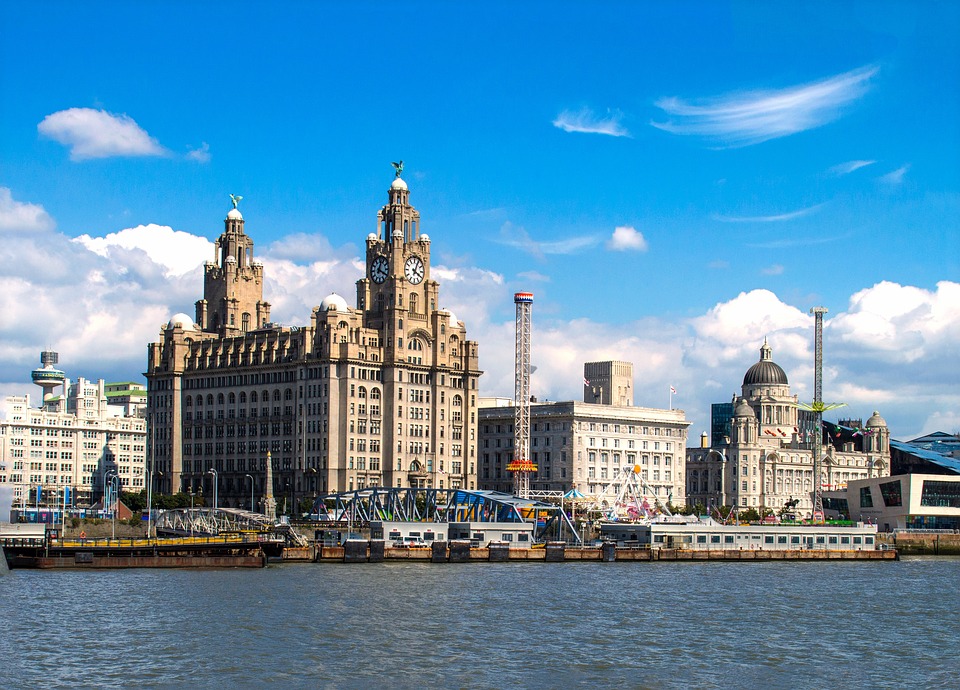New research has identified Liverpool as one of the best places in the UK for buy-to-let investors, with yields as high as 10.30%.
The findings are from analysis by Mojo Mortgages using the UK Land Registry, Zoopla, On The Market and property data portal, PropertyData.co.uk in a bid to find where the current investment hotspots are.
Mojo said: “From our analysis, the North West is one of the top regions for strong buy-to-let yields. As well as a number of profitable areas in Liverpool, the area of M14 in Manchester, which covers Fallowfield, has a yield of 7.60%.
“Both these cities have a solid student population, plus property prices are relatively low.”
In the UK there are an estimated 2.6 million buy-to-let landlords, and despite the pandemic, those who do have the cash to invest believe investment opportunities will emerge, with lenders cutting rates on buy-to-let products and raising affordability thresholds.
There’s also market sentiment which is leaning towards limiting competition from other buyers and even pushing up demand for rental property.
From its analysis, Mojo found that Liverpool is currently the best place to consider.
The city’s L7 postcode tops the buy-to-let yield table, generating yields of 10.30% and an average asking price of £95,000.
The postcode covers the area of Edge Hill and is in close proximity to Liverpool city centre.
Five more Liverpool postcodes feature in the top 20 list of best places to invest, with yield returns ranging from 7.40% to 10.30%.
Birkenhead’s CH41 postcode came in at 17th in the list, with a return of 7.10% and an average asking price of £84,000.
Eight of the top 10 worst places to invest were in London or the South East, topped by Kensington and Chelsea, with an average yield of 2.1% and an average asking price of £1,612,797.
By Neil Hodgson
Source: The Business Desk

